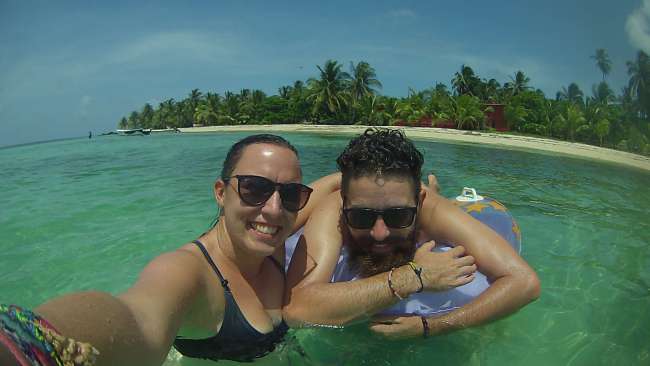
alpakaliebe
vakantio.de/alpakaliebe-tiniundtoemmiinsuedamerika
From cloud people, naked dogs, fishing horses and mountains at the end of the world - Welcome to Peru
Wotae: 28.10.2016
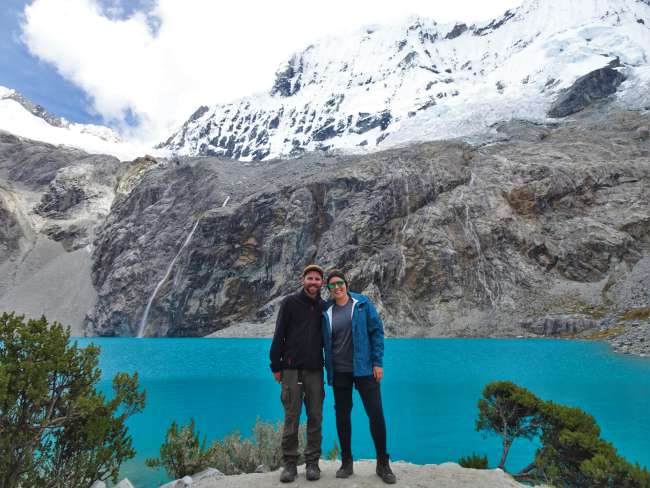
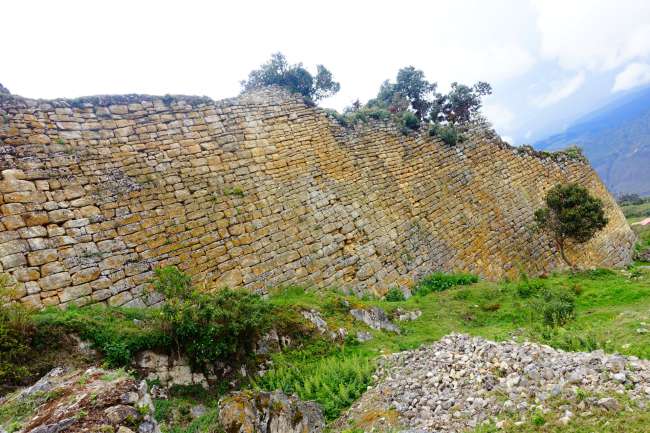
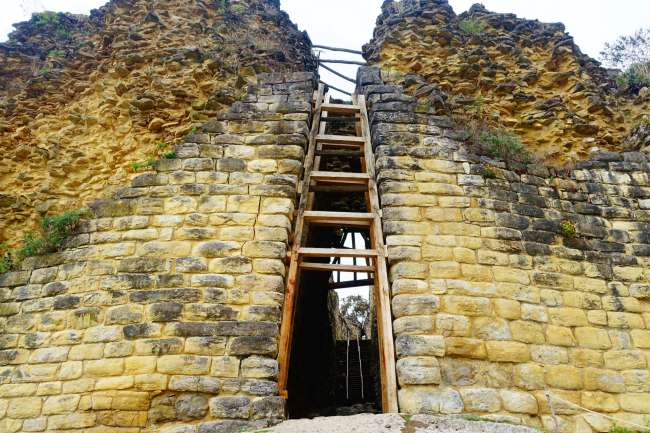
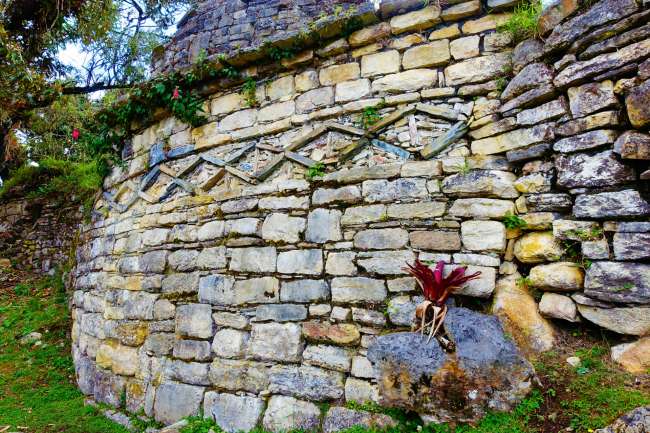
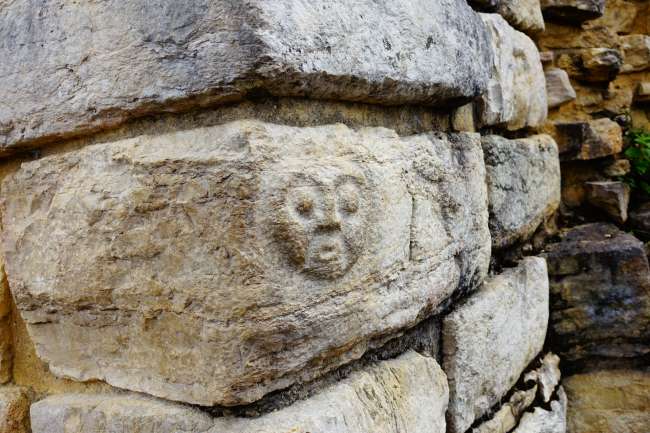
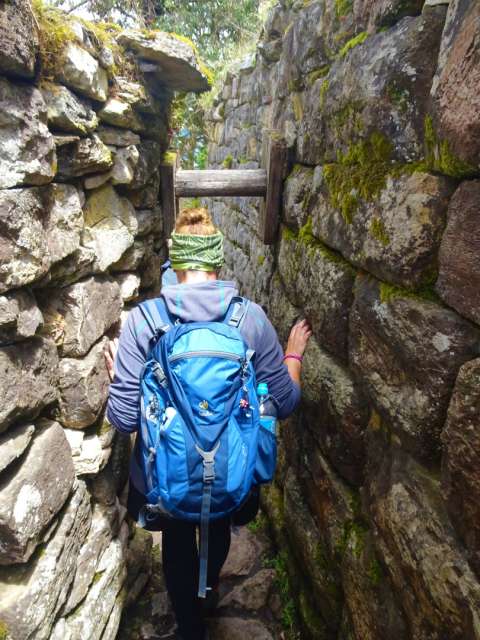
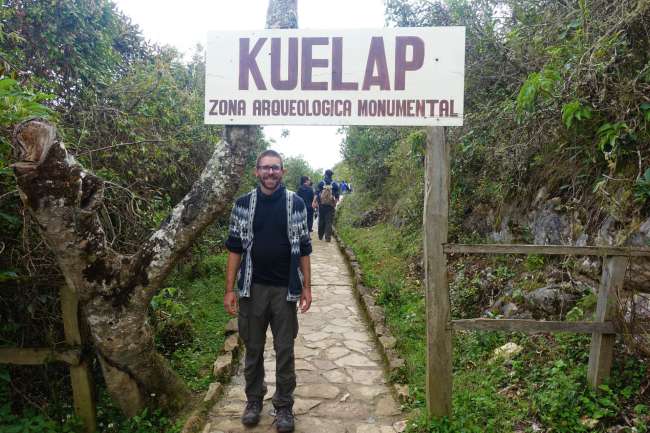
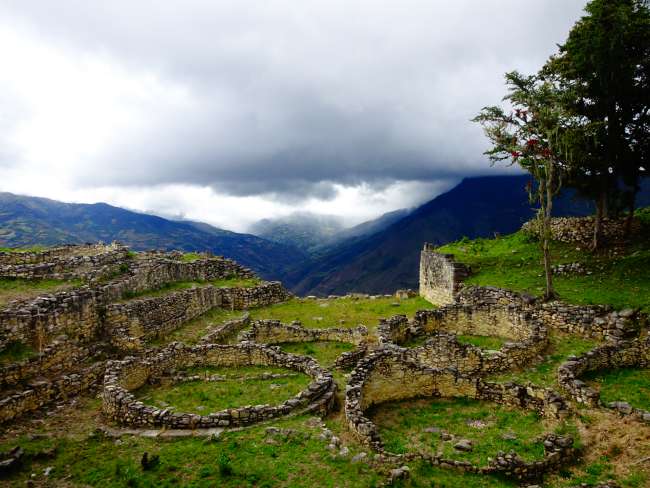
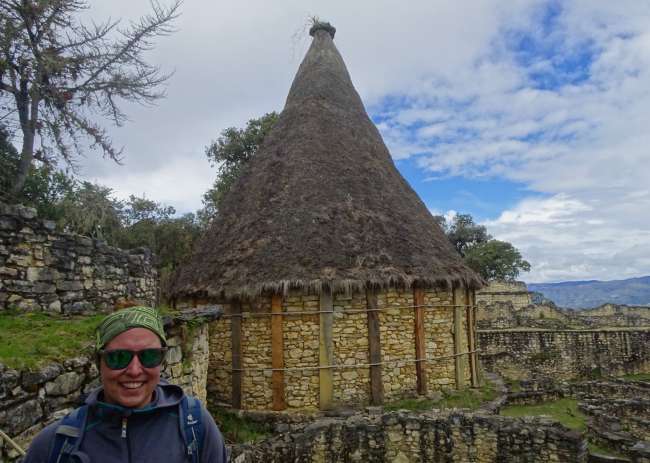
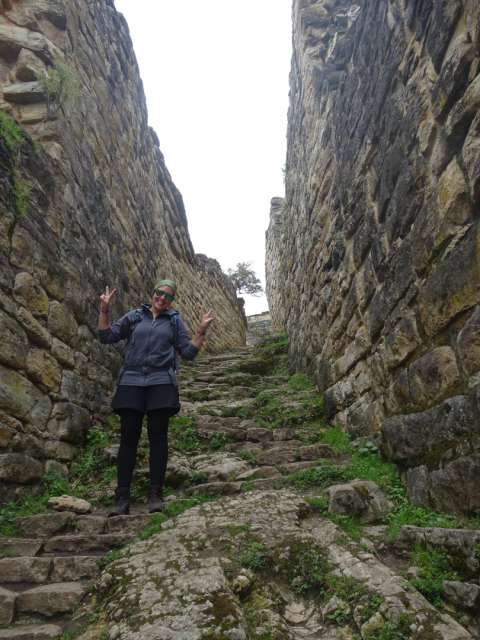
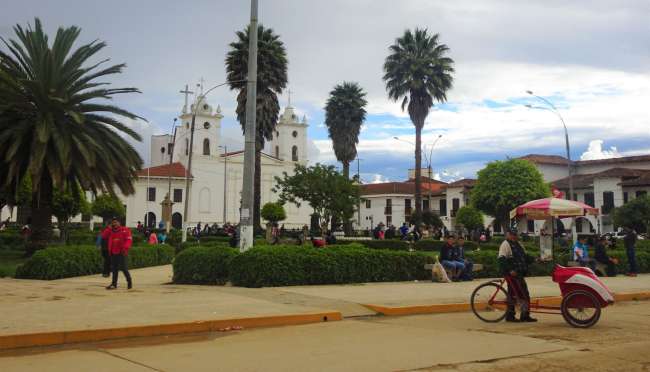
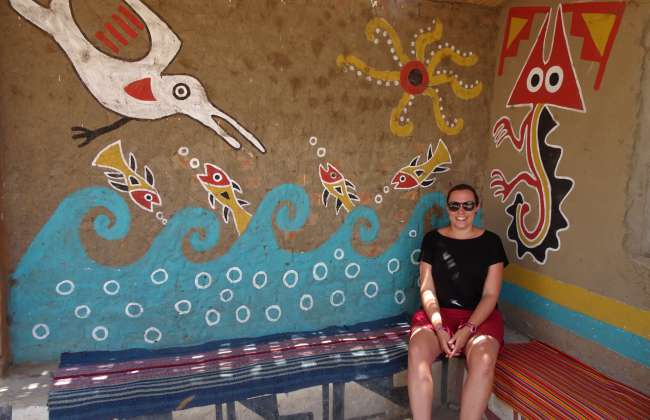
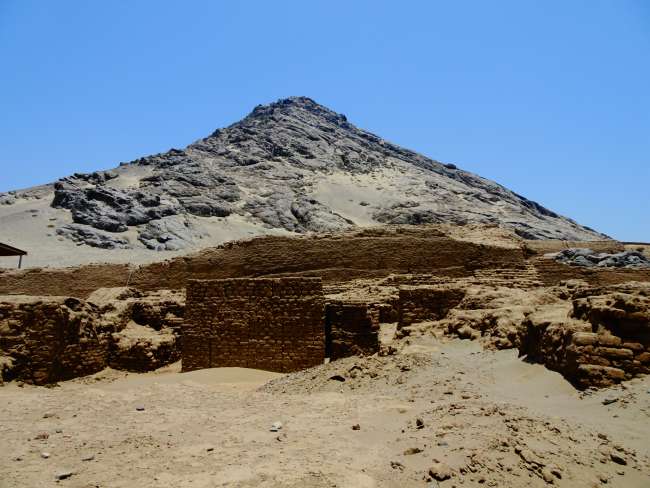
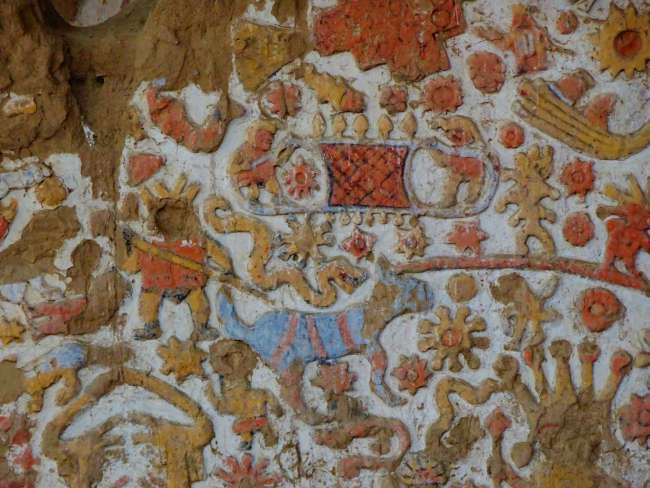
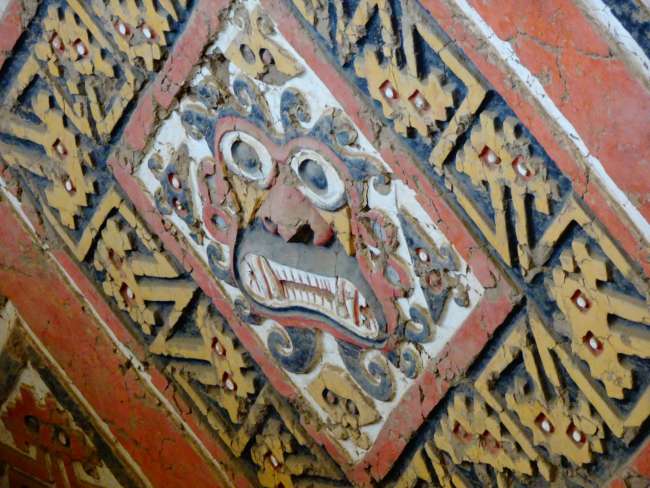
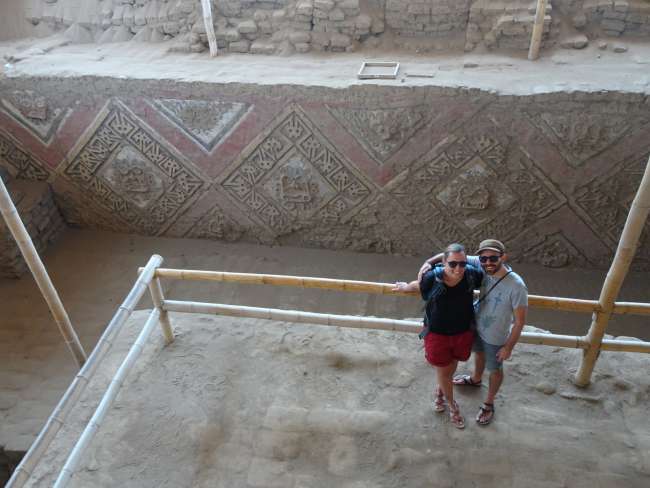
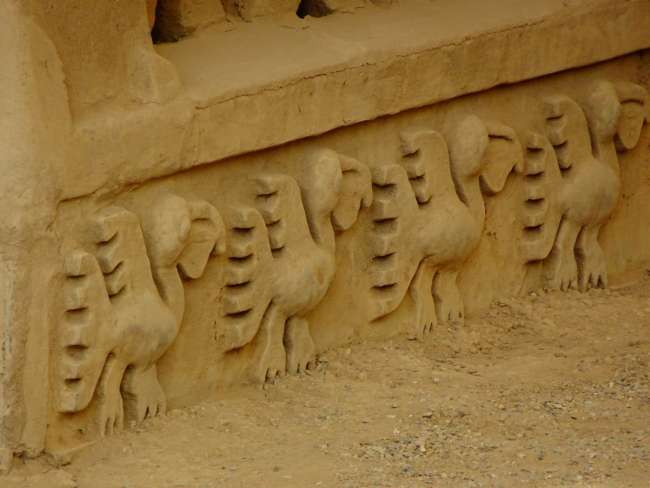
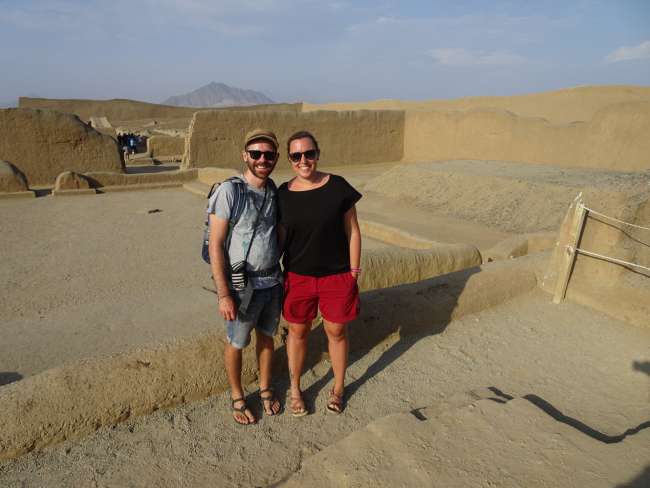
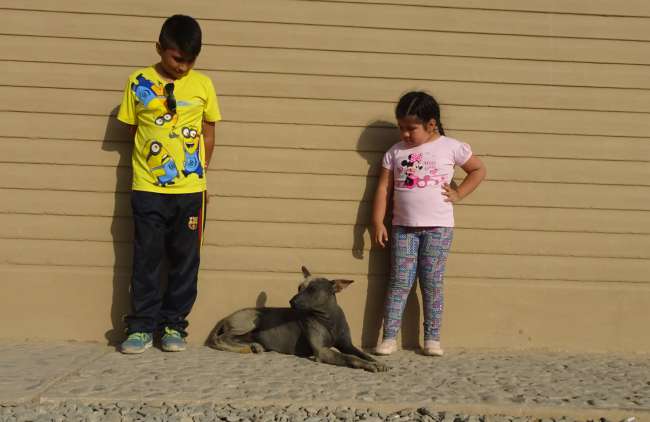
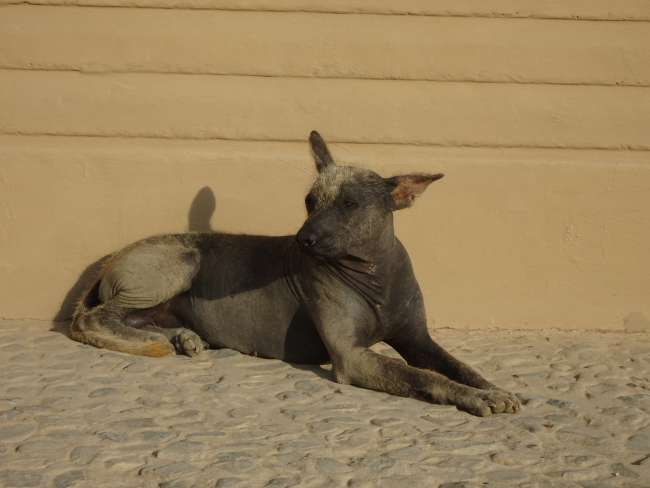
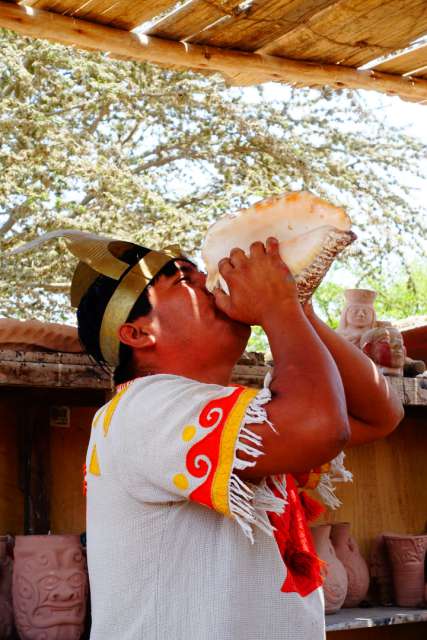
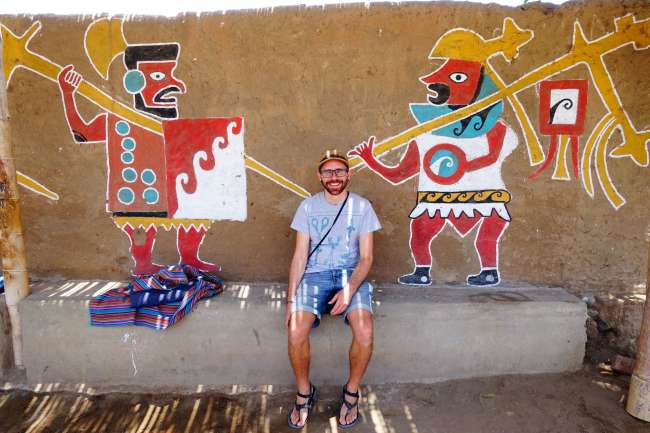
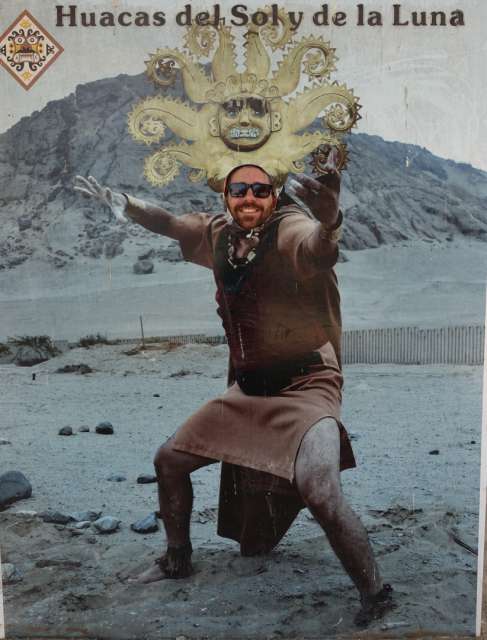
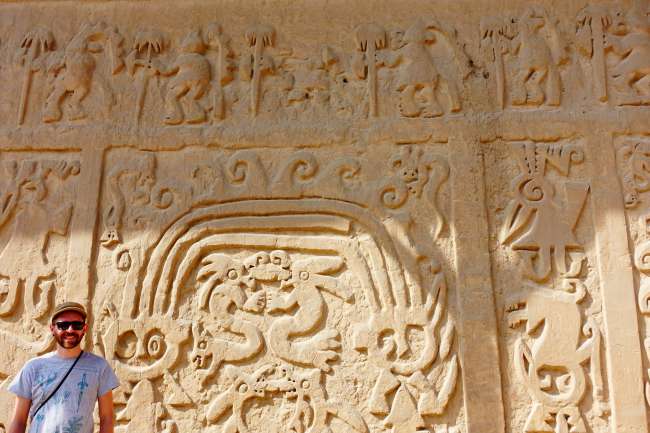
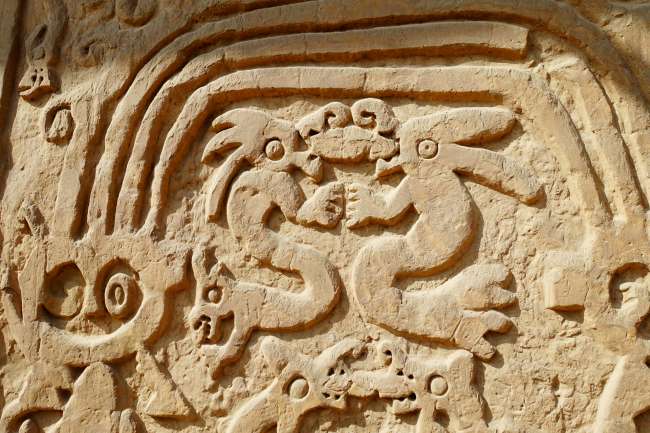
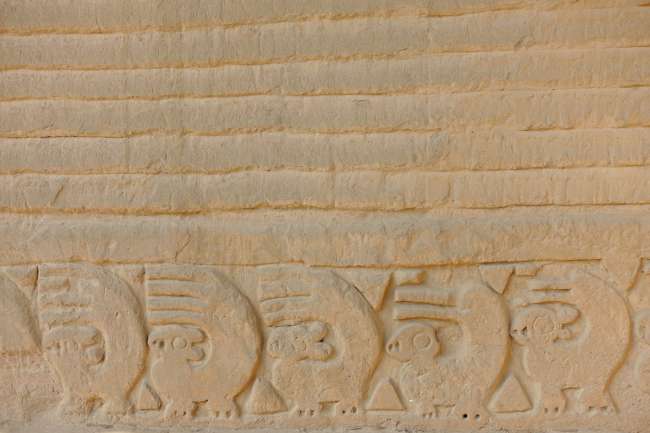
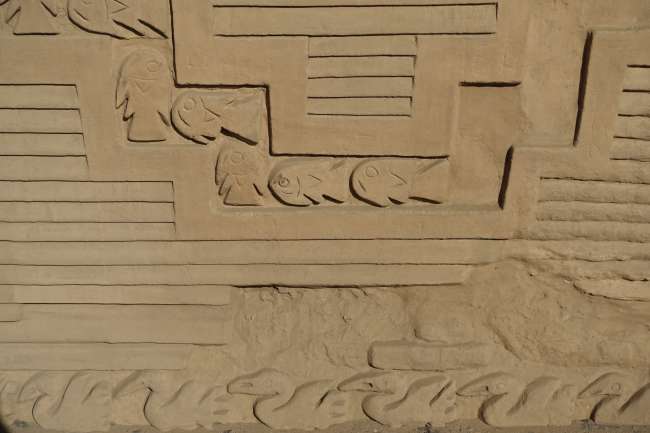

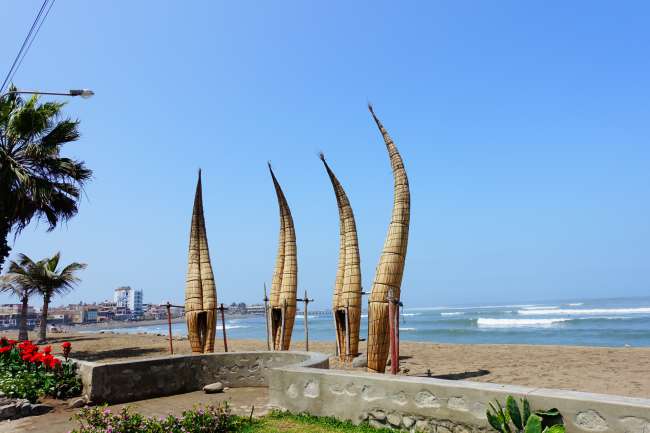
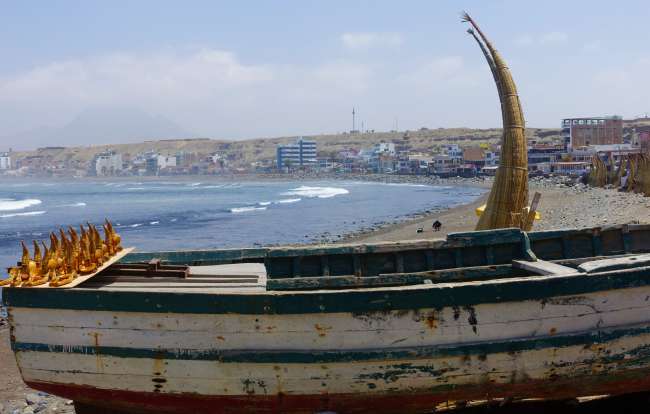
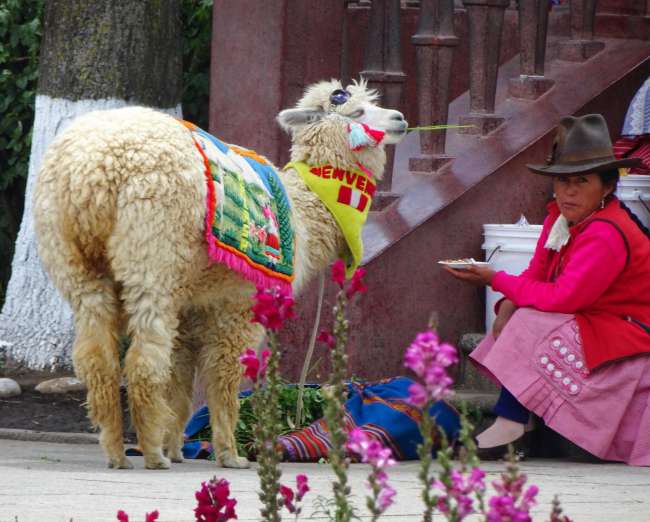

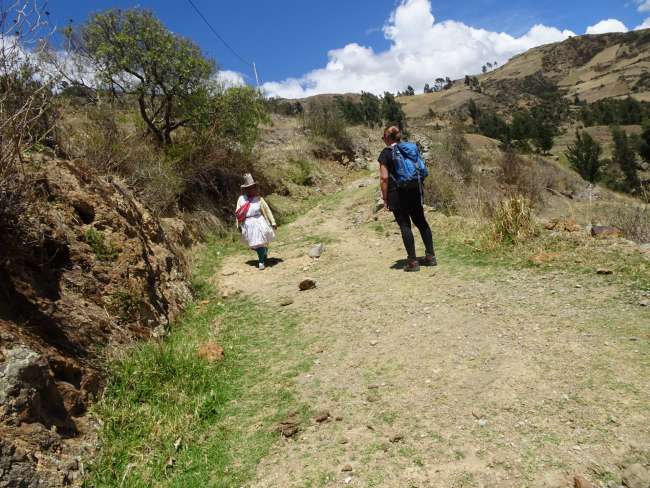
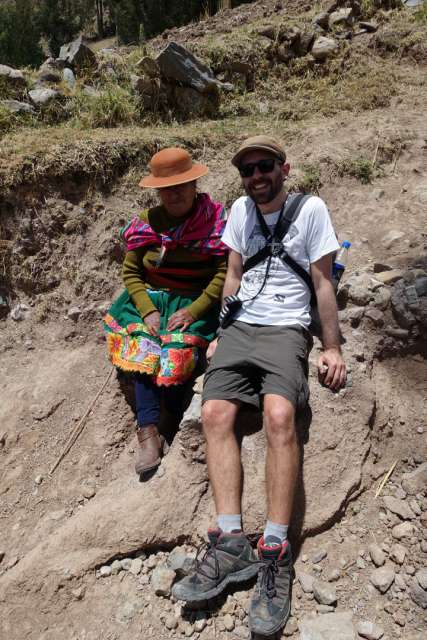
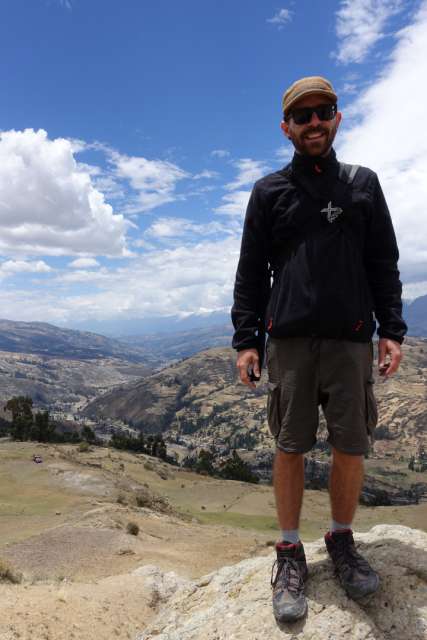
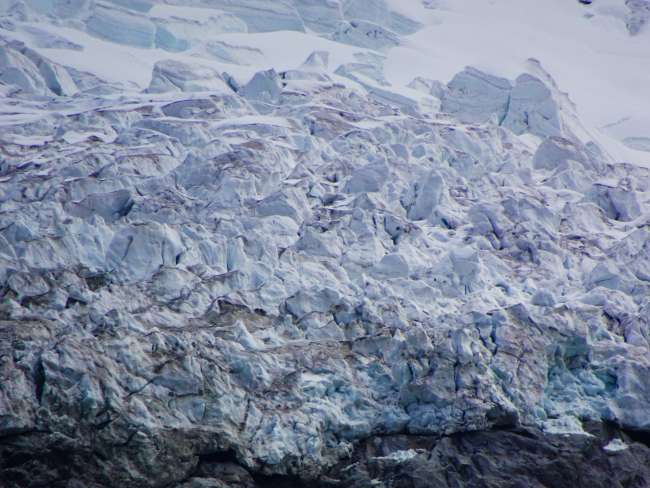
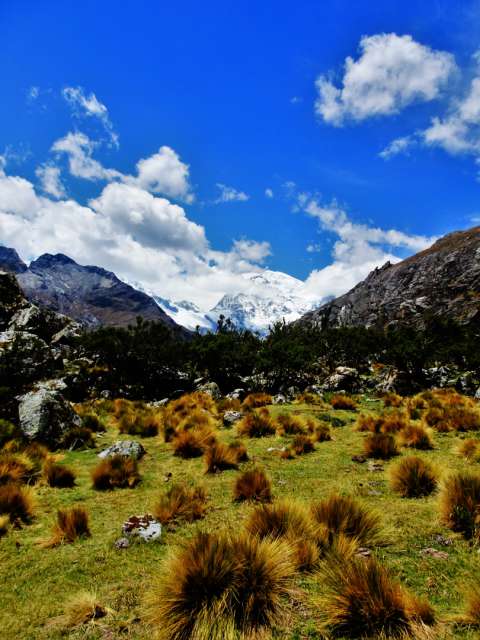
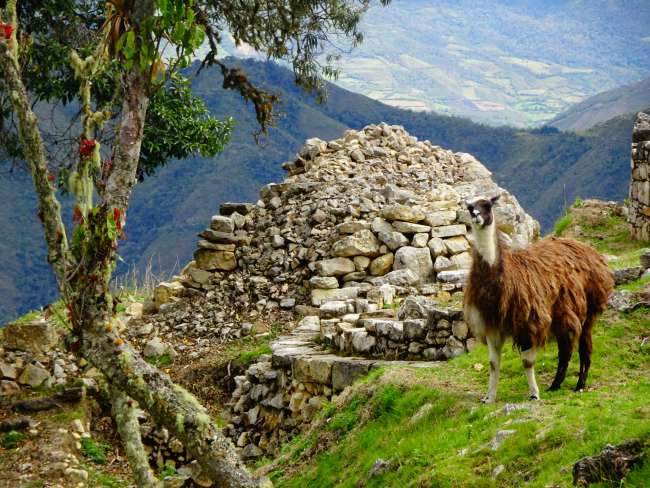
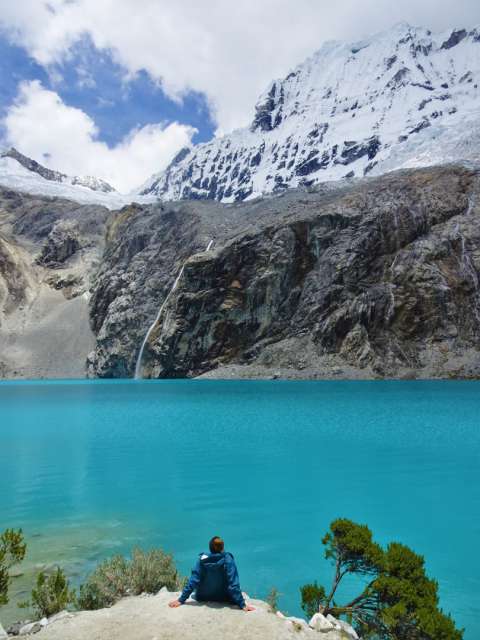
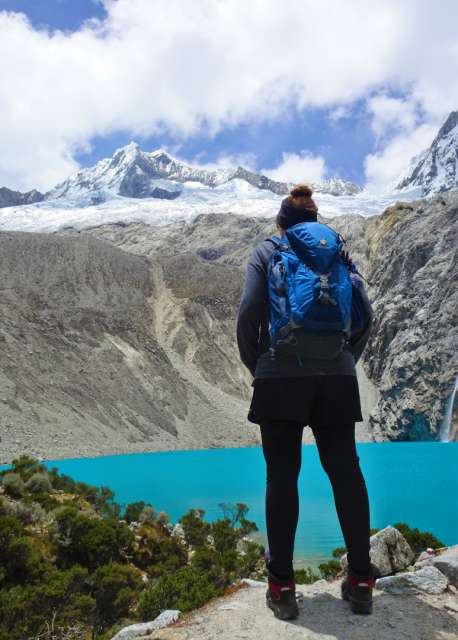
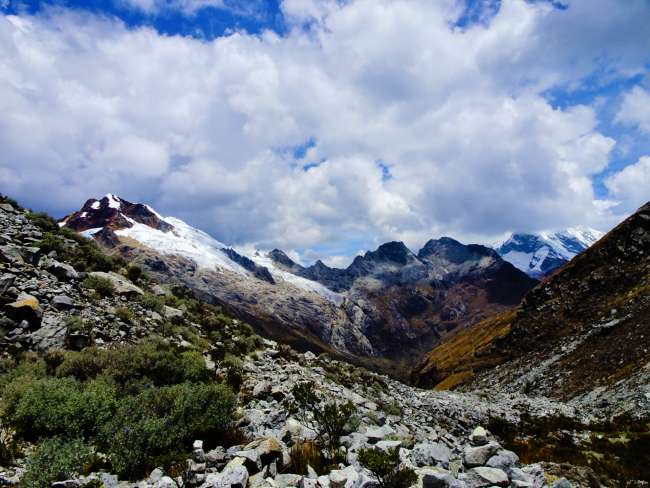
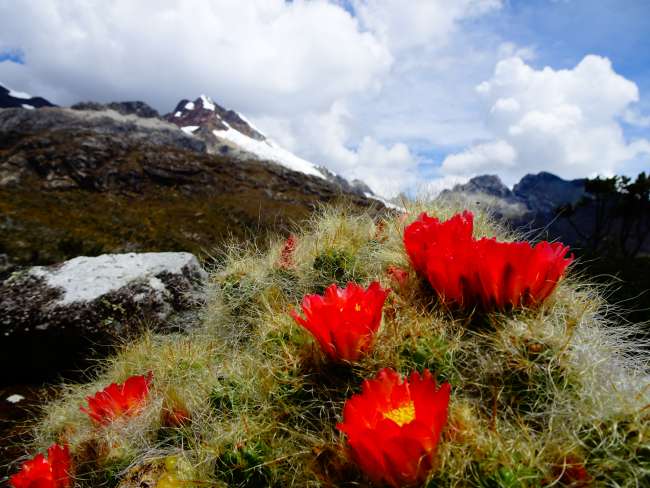
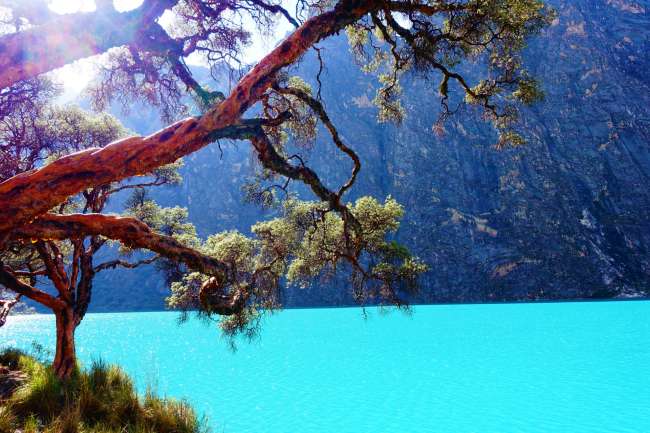
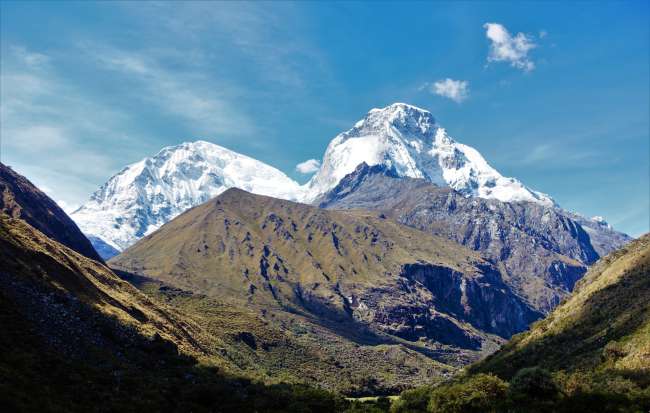
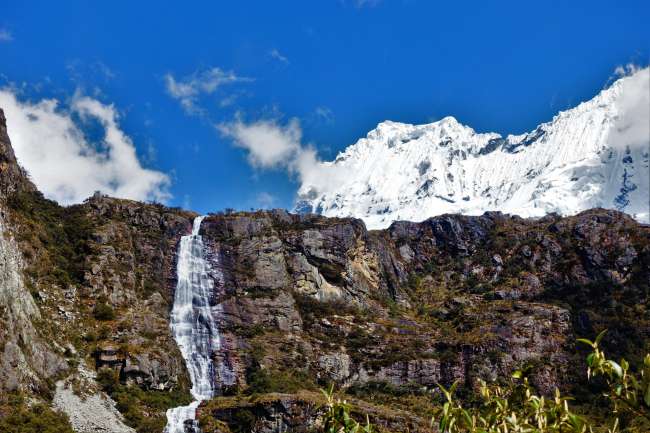
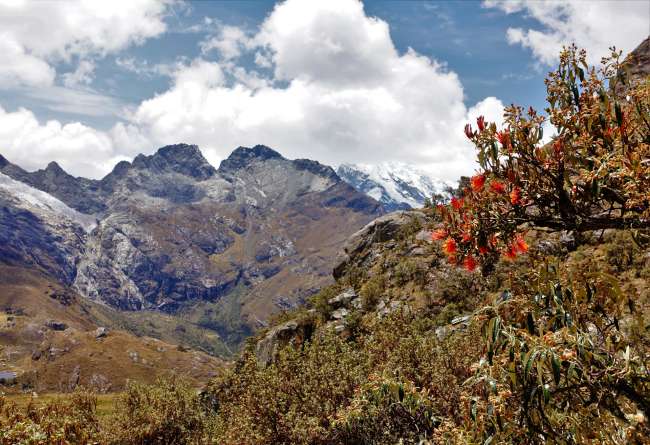
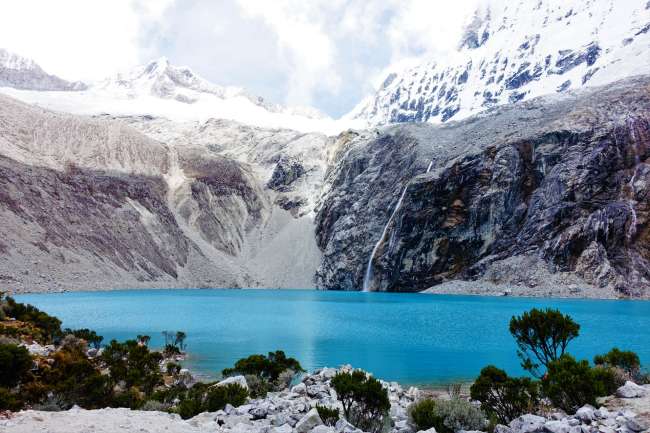
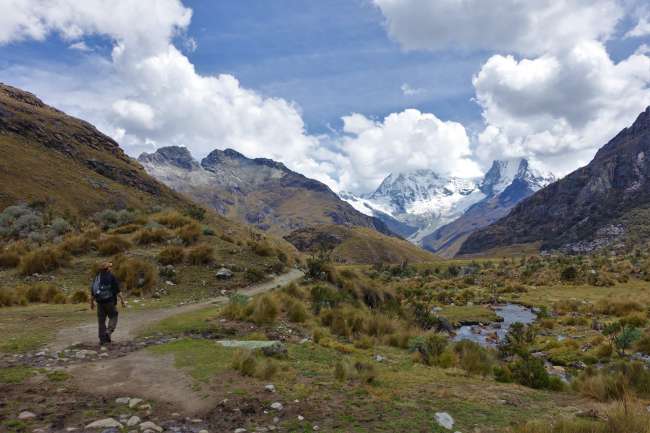
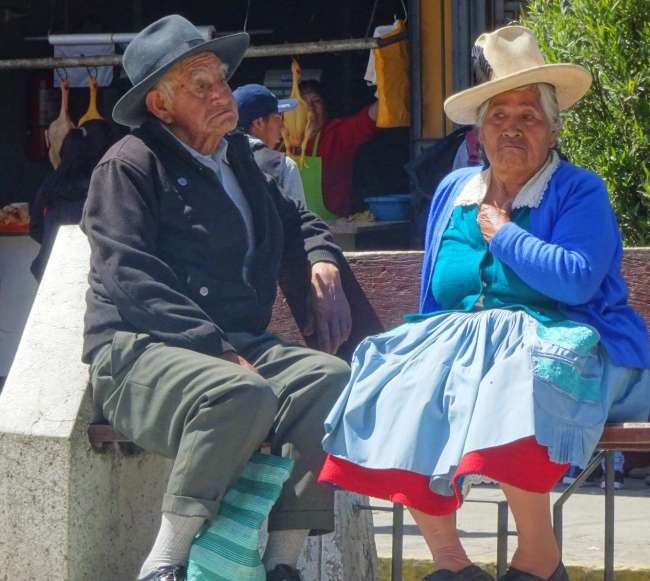
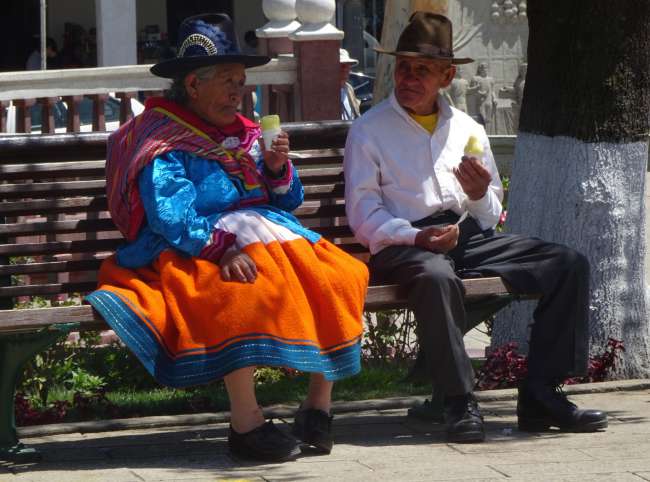
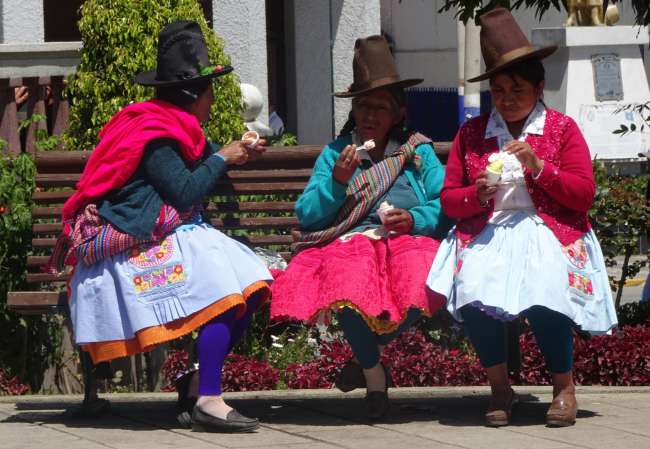
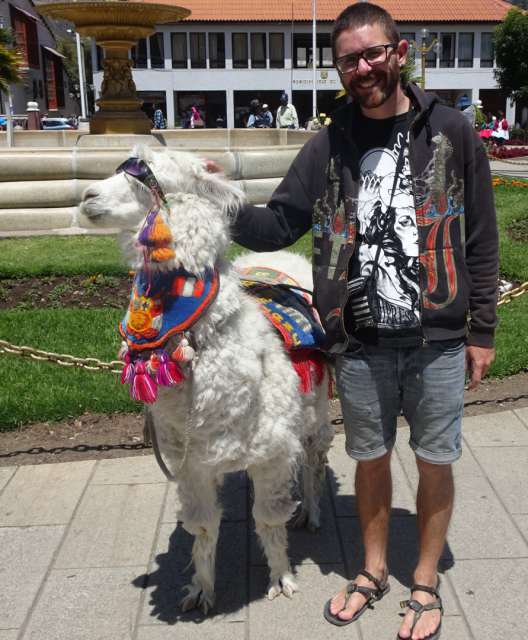
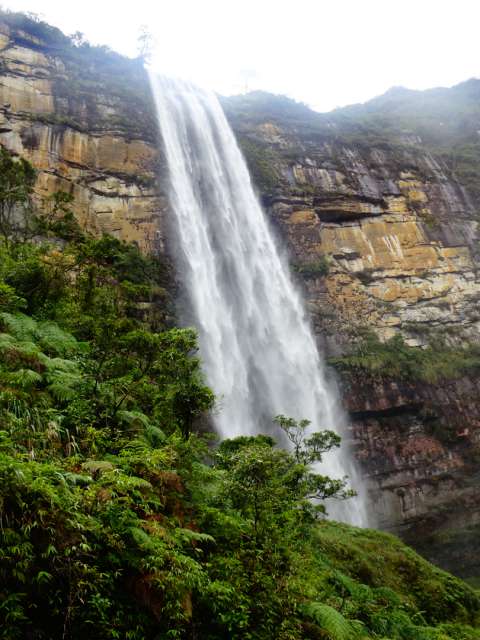
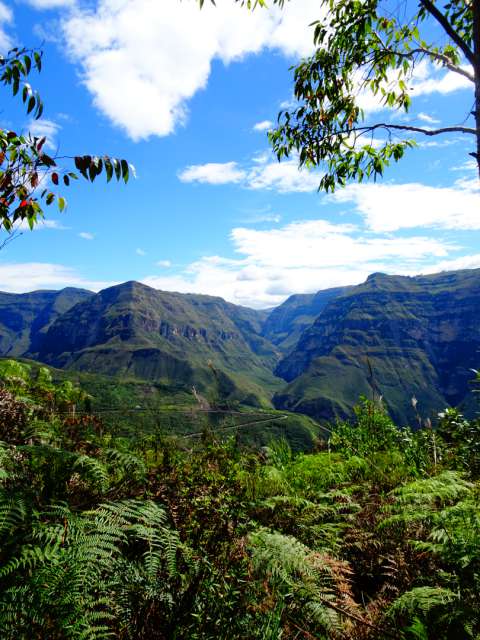
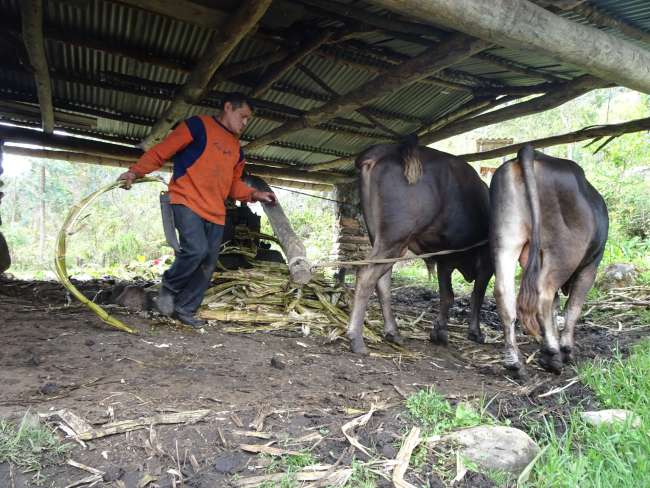
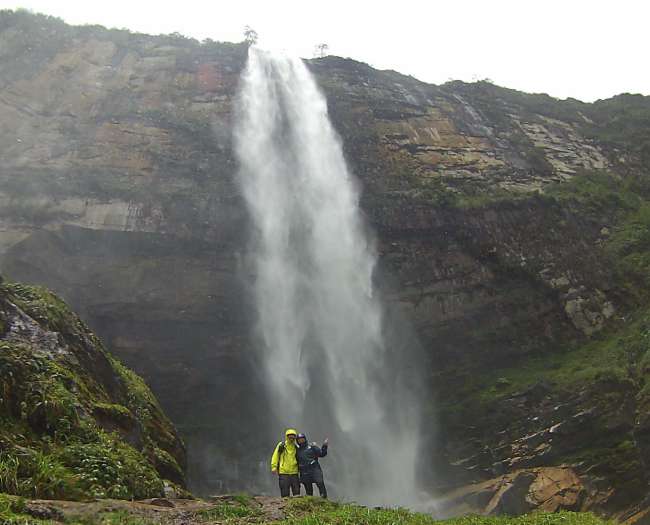
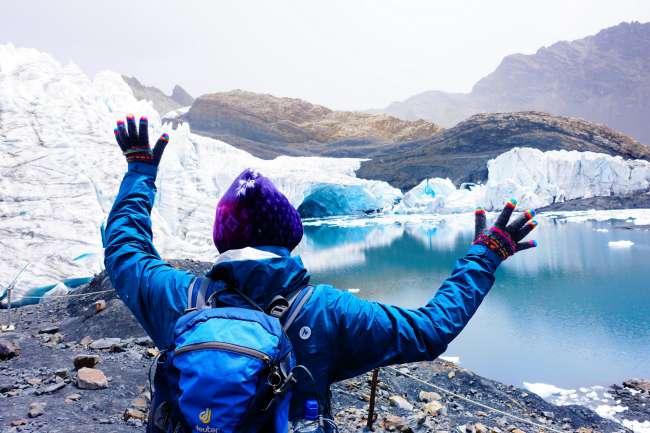
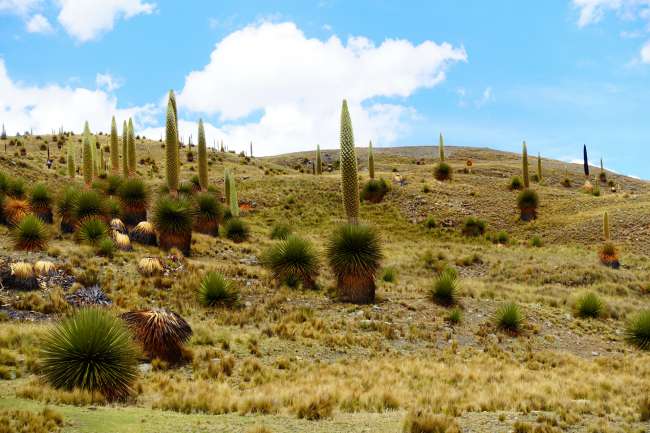
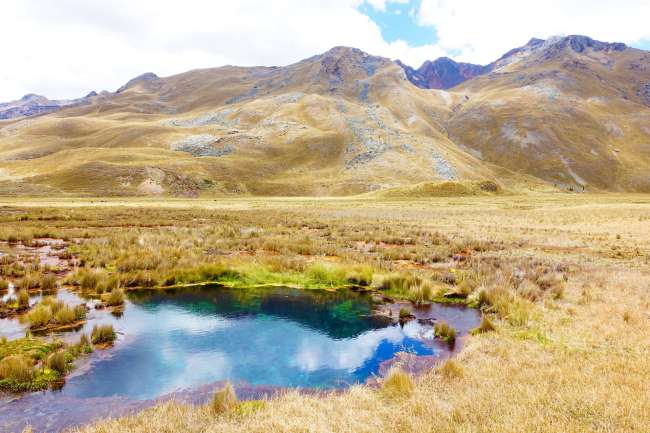
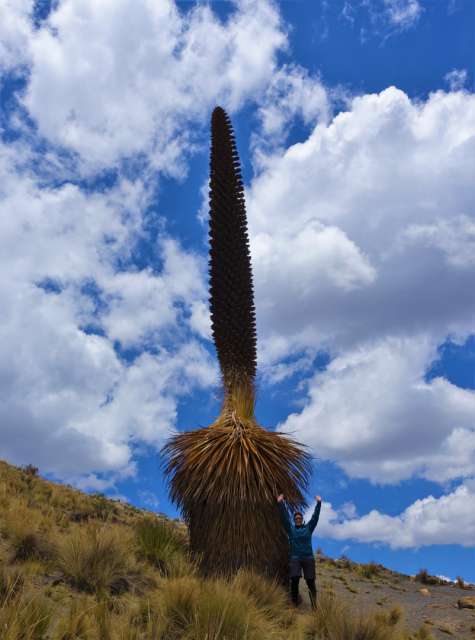
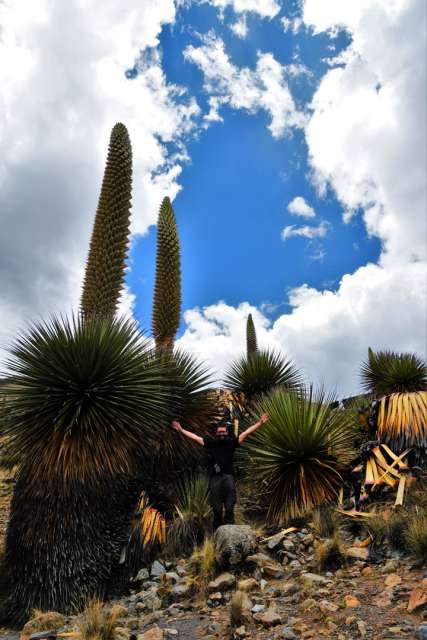
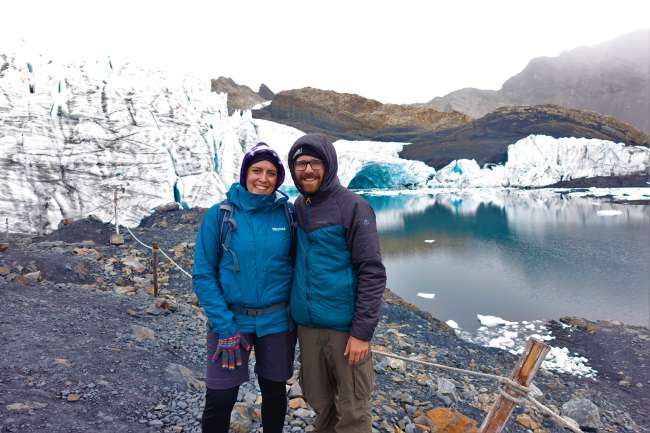
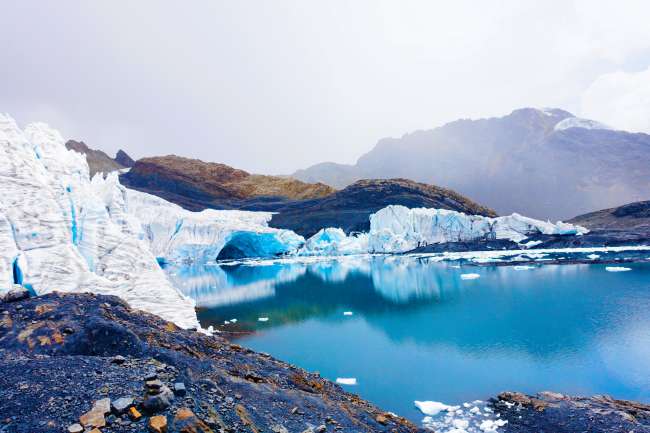
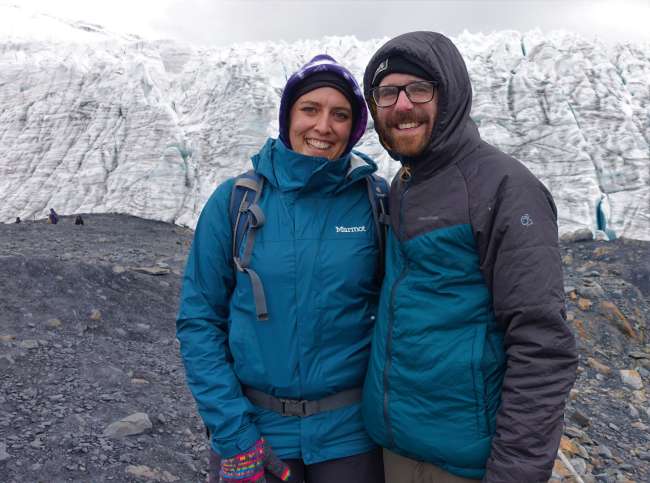
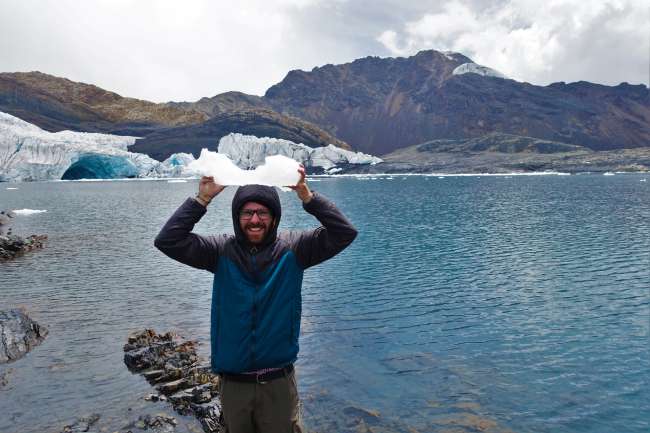
Wɔ Nudɔdɔ na Nyadzɔdzɔgbalẽ
After the party beach of Máncora, we definitely wanted to quickly go to a less touristy part of the country, so we decided on Chachapoyas, a totally charming town in northern Peru, in the Amazon highlands. Chachapoyas will probably have a hard time avoiding tourists in a few months, and the whole town is already preparing for it, which is why we ended up in the middle of a huge construction site. The entire city has torn up roads because new pipes and cables are being laid. In our country, such a project would probably be carried out street by street, here the whole city is simply freed from the asphalt, plunged into a rusty mud chaos, and then work is done comfortably on one corner and then on the other. The housewives are cleaning around the clock so that the clay-like mud does not turn the whole house red. The new pedestrian zones, however, have already been completed and lead to a nice main square with a church, cafes, ice cream vendors, and countless tour operators who all want to show you Kueláp. Yes, Kueláp is also the reason why probably just as many tourists will flock to Chachapoyas soon as to Machu Picchu. Kueláp is a well-preserved ruined city of the so-called cloud people, or cloud warriors, which is currently still 3 arduous hours away from Chachapoyas in the Amazon Mountains. But the cable car is supposed to be finished in February, which will quickly bring you to the ruins. However, we hope for Chachapoyas that it can maintain its charm and not end up like Aguas Calientes.
Now we had to work for Kueláp on the "exhausting" tour and it was fantastic. The fortress was built between 800 and 1300 AD and could accommodate up to 2000 Chachapoya people. Where there is already a very steep slope, it is secured with a wall up to 21 meters high. You can only enter through 3 very narrow entrances, which could be used to defend against enemies. At one entrance, you can even still see the footprints of llamas that have been pressed into the soft limestone. From above, you have a fantastic view, and our guide Jeffrey brought us very vividly closer to the culture of that time.
The next day we went uphill again to allegedly the third-highest waterfall in the world, Gocta. In the 90s, a calculation-crazy German, who had probably already seen a lot of waterfalls, noticed that he was standing in front of a very high one. He measured the waterfall and voilà, 771 meters of fall height... if he didn't measure wrong ;) I found the waterfall impressive and you also get really wet, but I think I have stood in front of higher ones before ;)
Comment by Tömmi: On the last day, we used the hours before our bus trip for a little excursion to the Canon del Sonche, a gigantic canyon directly behind Chachapoyas. For this, we had to take a Collectivo at the small bus station. Collectivos are small mini-vans that bring the locals from the city to the small villages. Characteristic of the Collectivos is that they consist of nothing but an engine, a little rusty sheet metal around it, and a few worn-out seats. Shock absorbers were probably never installed, so we were shaken and crushed vigorously on the ride, especially since these gravel roads seem to consist solely of potholes. However, the service of the Collectivos is unbeatable: they stop where you want, wait a few minutes until you have greeted and said goodbye to relatives and acquaintances who live on the way, transport all goods, and also deliver lunch if the mother has cooked for her working son. And to make you feel safe, the driver checks the tire pressure on the way three times, even though they probably haven't had any tread for years. After about 30 minutes and 5 km, we arrived in a small village that didn't look like a canyon at all, walked about 200m up the mountain to the promised viewpoint tower, and were surprised there by a magnificent view of the Canon del Sonche, which compensated for all the hardships despite the rain, mudslides, and passing clouds.
From Chachapoyas, we continued overnight to Trujillo to enjoy the sea again in Huanchaco. Huanchaco may be known by some from Frank Schätzing's "Der Schwarm", which begins with the disappearance of the Peruvian Caballito fishermen. These traditional straw packets, you can hardly call them boats, can still be seen there today. Caballito translates as little horse, because the fishermen ride the straw boats like a horse over the waves, with their legs hanging into the sea on the left and right. The Moche and the Chimú fished with these caballitos, who ruled the region from the 1st to the 8th century AD. These two highly developed cultures have also left behind beautiful temples and art, which we of course could not miss. The temple pyramids Huaca del Sol y de la Luna, Sun and Moon Temples, were built by the Moche from adobe bricks and are among the highest ancient buildings in South America.The Chimú city of Chan Chan, with 28 km2 and room for 60,000 inhabitants, was very impressive, especially the symbolic images fascinated me. We found the tradition of human sacrifices, which did not spare children either, to appease the gods, to be creepy.
Unfortunately, Peru does not have much money for the exploration and above all the preservation of these great kingdoms, and so both desert cities are gradually falling apart, which is a pity!
We found the Peruvian naked dogs to be curious. At first, we assumed that these poor animals had a terrible disease where their fur falls out, but our guide Gaby informed us that these dogs are very valuable and the Peruvians are incredibly proud of these black creatures.From Trujillo, we then went back up to the adventure and mountaineering capital Huaraz. Huaraz itself is only at 3100 meters, but it is surrounded by more than 60 peaks over 6000 meters, the so-called Cordilleras. There is the Cordillera Blanca, with snow, and the Cordillera Negra, without snow. Overall, the Cordilleras are a breathtaking mountain range that has probably also inspired the logo of Paramount Pictures. It makes little sense to just start walking at this altitude, you definitely have to acclimatize. We used the Wilcacocha Lagoon for this, from which you have a great panoramic view of the Cordilleras. On the way to Wilcacocha, we encountered some locals who were all very interested in us and would have loved to have a chat. But since we don't speak Quechua and one gentleman didn't even know that Germans have their own language (he thought we spoke English), the encounters were unfortunately very brief but intense ;) They insisted on taking pictures and we were bid farewell with blessings and kisses! The locals here fascinate us a lot: People here seem to be simply satisfied and happy with the little they have. So satisfied that they walk with clothes of such high value that the locals probably don't earn in a year through the villages and leave nothing but garbage behind, with pure warmth and openness. Even the simple life here gives us a lot to think about: simple adobe huts, many animals (except for the cheeky pigs, all running free), from an early age working in the fields all day just to make a living... that may offer great photo opportunities and a romantic idea of life without consumption, but it is obviously really hard. And yet the people here are happy, at least that's the impression it makes on us. But what has also impressed us is the ubiquitous garbage that disturbs the beautiful natural scenery here, on the fields, on the paths, and even growing into the plants. You can't look a meter without seeing a plastic bottle, bag, or candy wrapper, sad!! There seem to be no garbage cans, there are garbage trucks, but due to the many animals, they only find torn open plastic bags from hungry mouths, whose contents then spread all over the place. Tömmi suggested a village clean-up, which from our point of view would really make sense, but we would probably be laughed at by the locals if we suggested it! Perhaps the new Peruvian president also has that on his agenda, which would be desirable.
Two days later, we dared to embark on the 6-hour hike to Laguna-69, in the middle of the Huascarán National Park. The lagoon is located at the foot of the 6112 meter high Chacraraju and was worth every arduous meter, the turquoise water and stunning mountain spectacle compensate immediately. However, Tömmi didn't feel well at all at that altitude, so after a lengthy photo break, we quickly started the descent.
For relaxation between mountaineering, we used the sympathetically chaotic city of Huaraz for shopping: a new cell phone for Tömmi (the first one was stolen in Quito, the second one didn't survive the display fight with the heavy hotel key in the tight pants pocket), a new camping cutlery set for Tömmi (it was in his carry-on luggage during the Galapagos flight), a new rain jacket for Tina (Vaude can't do anything) and warm alpaca gloves for both of us for the glacier ascent the next day. We went to the Pastoruri Glacier at 5000 meters, packed in Merino and alpaca complete equipment, it was a unique experience! The drive through a landscape with colorful mineral springs, 15-meter high giants' bromeliads, as well as herds of sheep and cows, was breathtaking in itself, and finally standing in front of an ice-blue glacier for the first time and hiking in snowstorms in tropical latitudes is simply fantastic. However, we were both plagued by headaches, which also prompted us to decide not to hike the famous Santa Cruz Trek (4 days, 50 km). That was probably the right decision, because even the hardcore outdoor bears from our hostel came back exhausted from the trek and said that it was simply exhausting! So we said "goodbye" to Huaraz and the Cordilleras and made our way to Lima, the capital of Peru.
Wɔ Nudɔdɔ na Nyadzɔdzɔgbalẽ
Ŋuɖoɖo

Mɔzɔzɔ ŋuti nyatakakawo Peru
